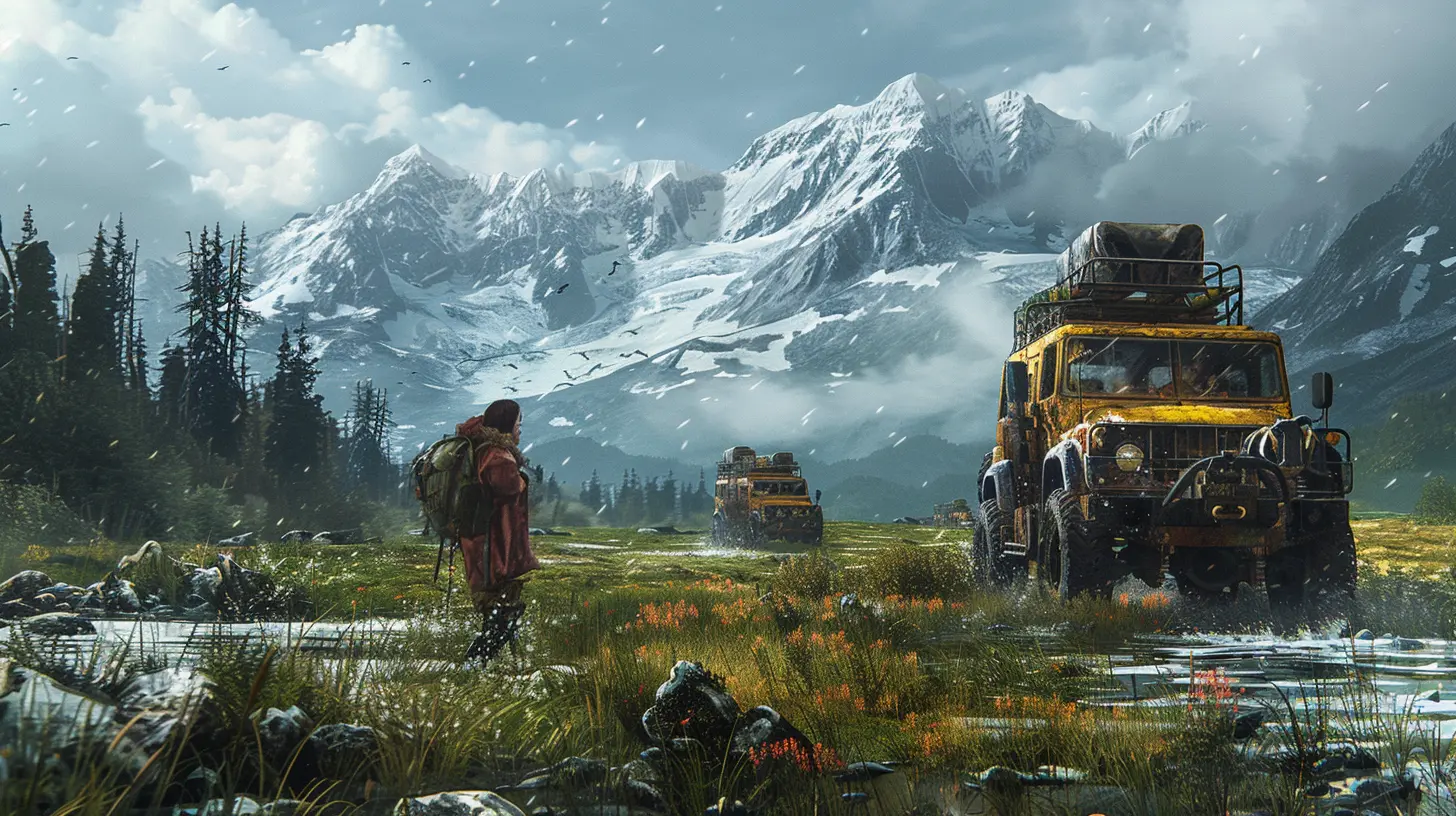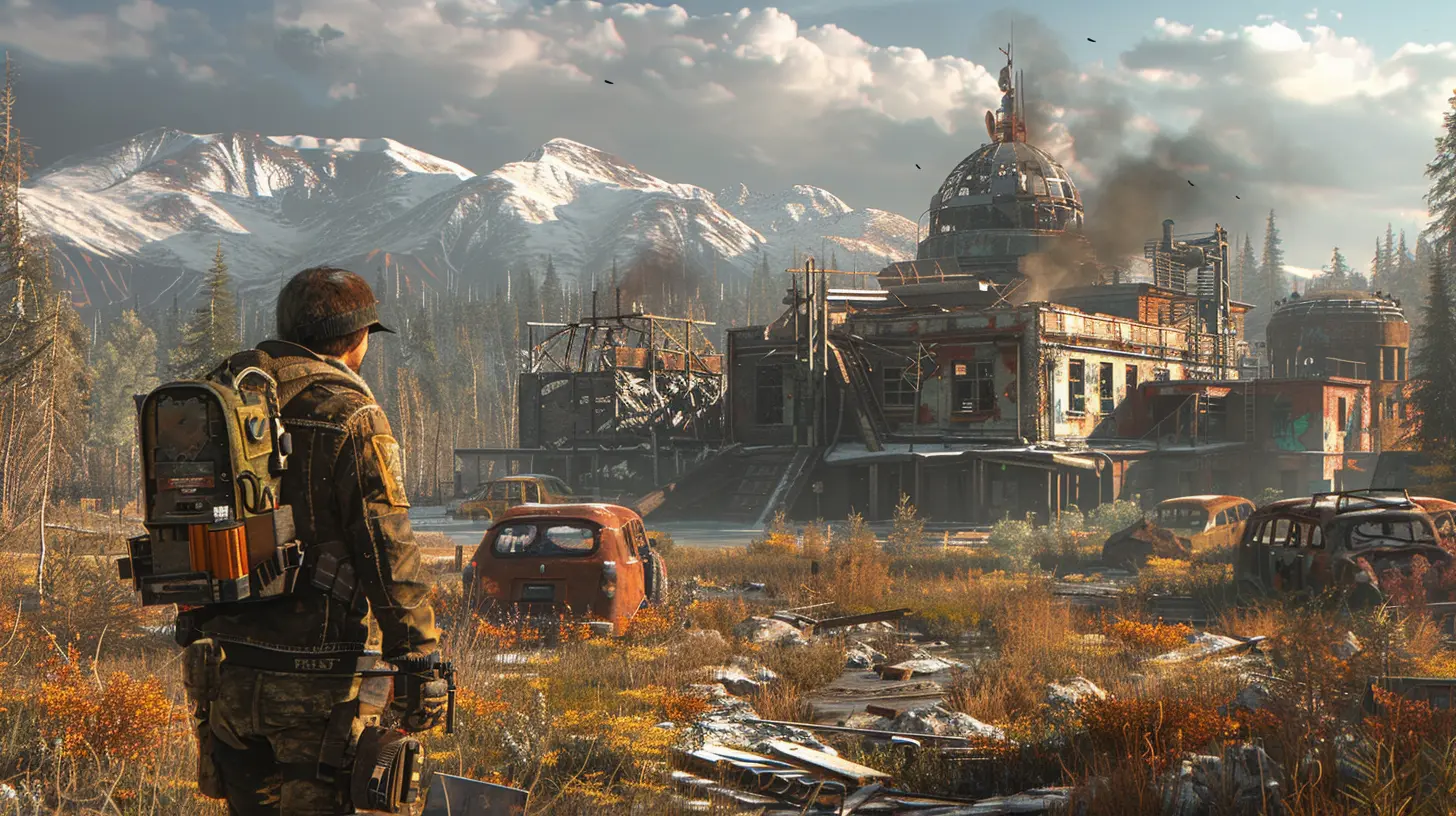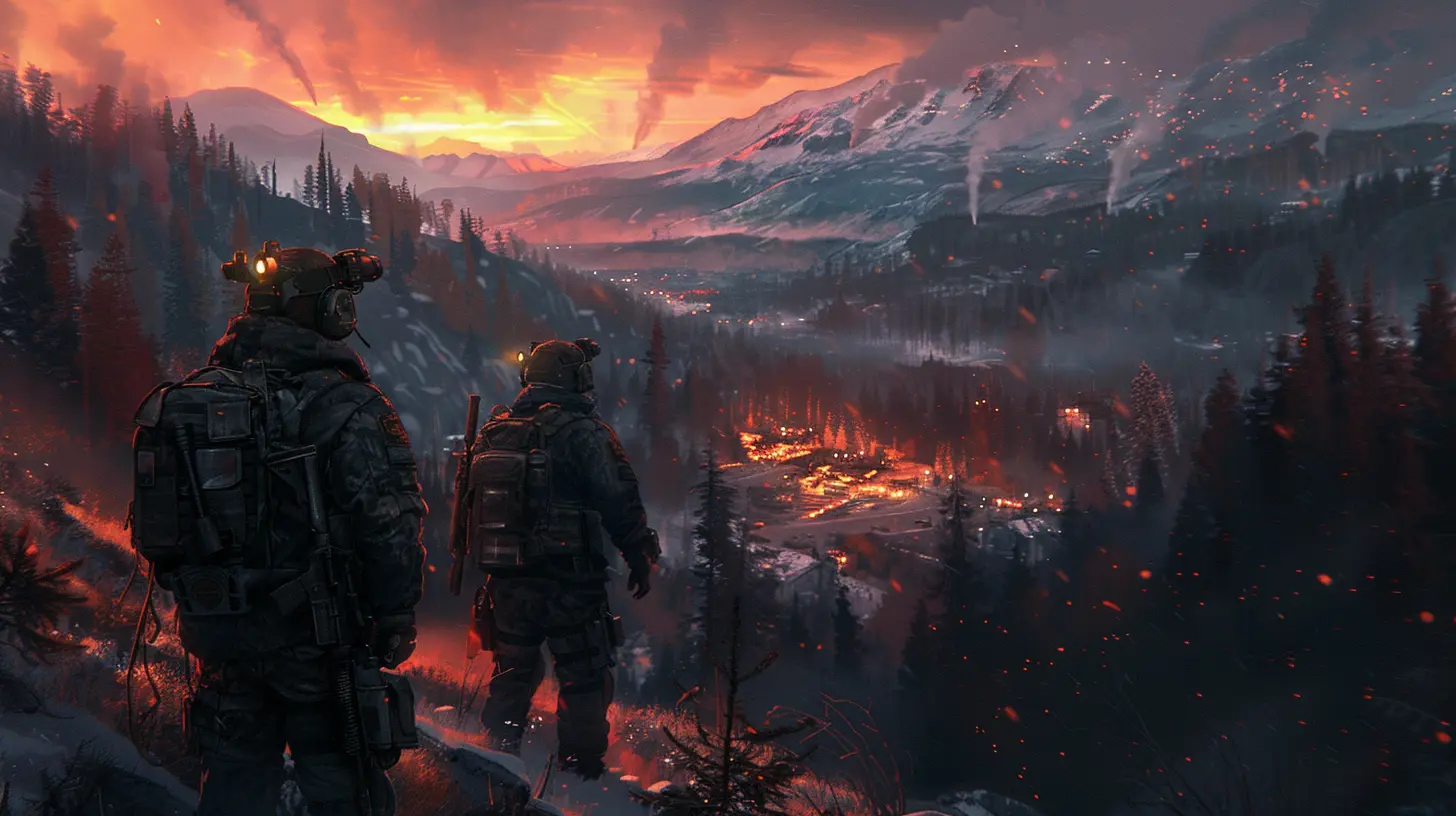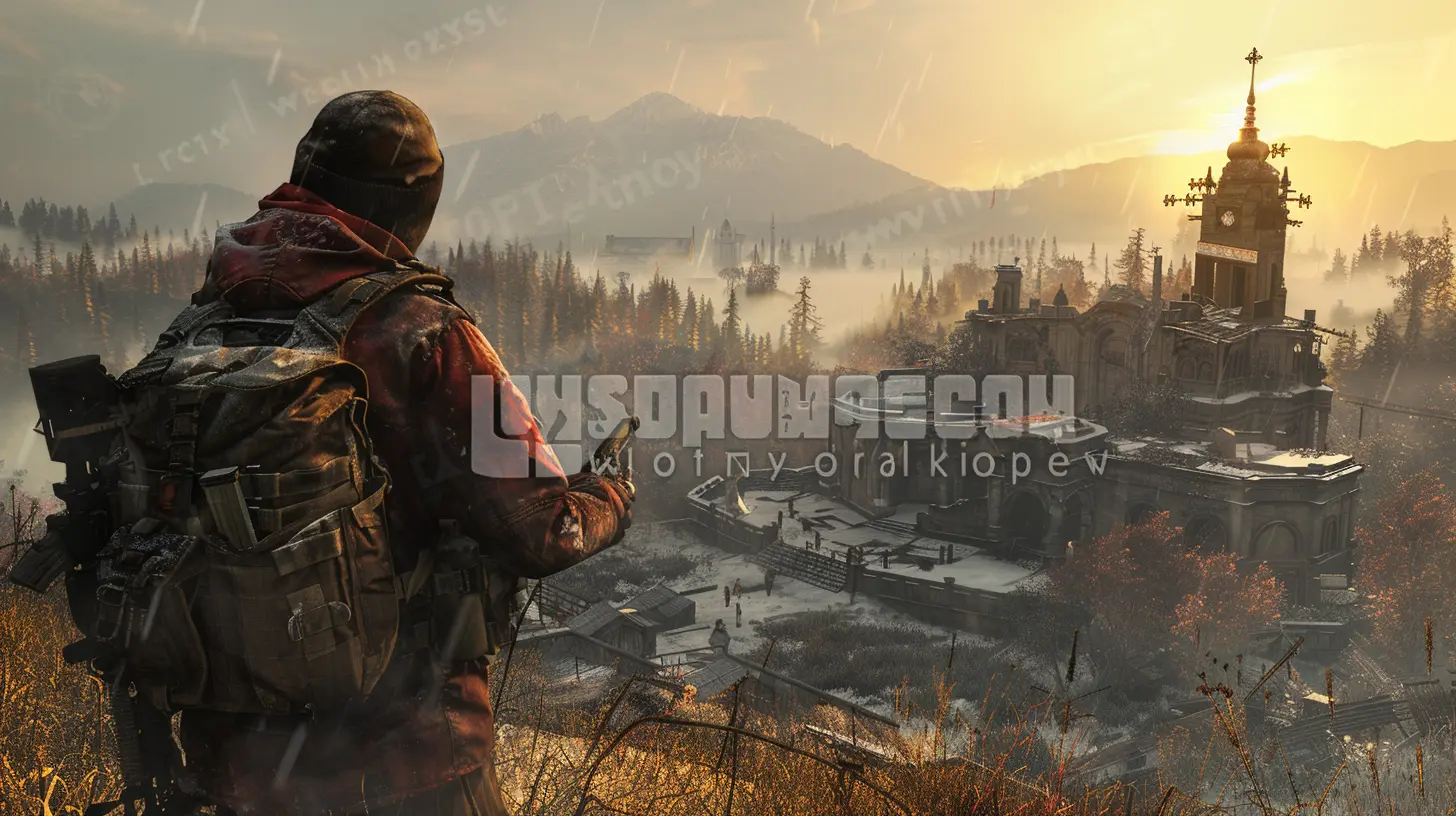Multiplayer Survival: Playing with Friends or Strangers
12 August 2025
Survival games have a special place in the hearts of gamers. Whether you're building a base in the middle of nowhere, braving the elements, or fending off waves of enemies, there's something incredibly rewarding about scraping by with just the basics. But what takes that thrill to a whole new level? Playing with other people—friends or complete strangers.
In the world of multiplayer survival, you’re not alone. And that’s what makes it exciting, unpredictable, and full of unforgettable moments. So let’s dive into this rich, chaotic, and fun-filled realm of survival gaming.

Why Multiplayer Survival Games Hit Different
Let’s be honest. Fighting to stay alive in a gorgeous, dangerous open world is fun. But doing it alone? That can get a bit… lonely. Multiplayer adds an entirely new layer of excitement. It’s like trying to solve a Rubik’s cube—while someone else is also turning the corners at the same time.In games like Rust, ARK: Survival Evolved, or Valheim, survival isn’t just about food, shelter, or enemies—it’s also about people. Every decision, alliance, or betrayal has weight. And that’s what sets multiplayer survival apart from its solo counterpart.

Playing With Friends: Familiar Faces in a Hostile World
Strength in Numbers (And in Laughs)
When you're playing with friends, you've already got trust, communication, and a shared goal. That’s a solid foundation for surviving whatever the game throws at you.Think about it. You build a base together, assign roles (builder, hunter, cook, etc.), and share resources like true teammates. Not to mention all the laughs when someone goes AFK and gets eaten by a bear.
And when things go wrong—and they will—you’ve got buddies to back you up. Someone to res you. Someone to share the blame. Someone to say, “Remember that time you accidentally set the forest on fire and blamed the AI?”
Shared Progress, Shared Memories
There’s something magical about building something with friends. Maybe it's a massive fortress, or maybe it’s just a tiny shack you all call home. Either way, it's yours—and every brick or log has a story behind it.The best part? You’ll be talking about those nights for years. That time you survived a horde with just sticks, or when you all went on a wild adventure and barely made it back? That’s gamer gold.

Playing With Strangers: Unexpected Alliances and Chaotic Fun
The Wild Card Factor
Jumping into a world with strangers is like walking into a poker game blindfolded. You don’t know who’s bluffing, who’s scheming, or who’s genuinely there to help. And that? That’s thrilling.Strangers can surprise you. One moment, someone’s helping you build a shelter. Next, they’re stealing your loot and vanishing into the forest. It keeps you on your toes, and every interaction feels like a gamble.
Social Dynamics in the Wild
Survival with strangers brings out human nature in the rawest, most fascinating way. You’ll see leaders emerge, alliances form, betrayals unfold—and it’s all completely unscripted.There’s a deep, organic storytelling happening. You’re not just surviving the game—you’re surviving with other people, each with their own motives, fears, and strategies.
Learning to Adapt
Playing with randoms forces you to adapt, communicate, and build trust fast. These skills translate beyond gaming. You'll negotiate, compromise, and maybe even lead. And at the end of it all, you might just come away with a few new friends—or your worst enemies.
Pros and Cons: Friends vs Strangers in Survival Games
| Aspect | Playing with Friends | Playing with Strangers ||------------|--------------------------|-----------------------------|
| Trust Level | High | Low |
| Communication | Easy (voice chat, Discord, etc.) | Varies (text, voice, or none) |
| Fun Factor | Comfort and consistent | Chaotic and dynamic |
| Challenge | Coordinated survival | Unpredictable survival |
| Re-playability | Depends on the group | Every match is different |
| Drama | Less betrayal | More betrayal 😈 |
Let’s be real—both styles have their perks. Friends bring predictability and fun. Strangers bring drama and suspense. The question is: what kind of experience are you in the mood for?
Game Mechanics that Thrive in Multiplayer Survival
Not every survival game nails its multiplayer. The best ones do a few things exceptionally well:1. Shared World Building
Whether it’s crafting a fortress or carving out a little treehouse in the middle of nowhere, shared world building is key. Games that let players collaborate on large structures or systems—like Minecraft or The Forest—create a real sense of community.2. Resource Scarcity
In the wild, nothing is unlimited. Games that make you fight over scarce resources ramp up the tension and push players together—or against each other. Expect wars for food, fights over loot drops, and intense negotiations.3. Emergent Gameplay
The real magic in multiplayer survival comes from emergent gameplay: interactions not scripted by the developers, but born from the players. Think betrayals, surprise alliances, or impromptu rescue missions.Games like DayZ or Rust are famous (or infamous) for this. No two play sessions are the same. You never know how it's going to play out—and that’s half the fun.
Making the Most of Multiplayer Survival Games
Whether you're teaming up with friends or taking your chances with strangers, here are a few tips to help you thrive:1. Communicate or Die Trying
The number one tip? Talk. Be it through voice, pings, or text, communication saves lives. Want to avoid friendly fire? Talk. Want to share resources? Talk. Want to avoid getting backstabbed by a stranger? Well… talk, but keep your sword handy.2. Don’t Be a Packrat
In survival games, sharing is caring. Hoarding resources (unless you're RPing a greedy goblin) just makes your team weaker. Spread the wealth and think team-first.3. Experiment with Roles
Try different roles! Be the group’s navigator, the cook, or the medic. Each role brings something unique, and switching it up keeps things fresh.4. Embrace the Chaos
Wild stuff will happen. A friend might accidentally set off a bear trap in your base. A stranger might suddenly decide today’s the day they betray your group. Instead of getting mad, lean into the chaos. It’s part of the fun.5. Keep It Light
At the end of the day, games are meant to be fun. Don’t take a betrayal personally. Laugh it off, learn from it, and bounce back stronger.The Emotional Rollercoaster of Surviving Together
Multiplayer survival isn't just about mechanics. It's about connection—whether you're high-fiving a buddy after surviving a raid or nervously watching a stranger approach your camp with a torch in hand.It’s stories. It’s memories. It’s moments that make you go, “Whoa, remember that night we got stuck in the snow and had to eat virtual berries for two hours?”
Humans are hardwired for shared experiences, and multiplayer survival games hit that sweet spot. They test your logic, your patience, and your heartwarming (or heart-wrenching) ability to trust others.
Which One Should You Choose?
So, friends or strangers? Honestly, why not both?Start with friends to learn the ropes, share some laughs, and get cozy in the survival world. Then jump into a public server, meet some unpredictable personalities, and brace yourself for some truly wild ride.
Flexibility is key. Play how you want, when you want. There’s no wrong way to survive—only more stories to tell.
Final Thoughts: The True Survival is in the Story
At their core, multiplayer survival games are about connection. Whether it's the connection to nature, danger, or other players, these games remind us that we’re stronger together—even if “together” means running away from a bear while screaming over voice chat.So grab your gear, rally your friends, or brace yourself for strange new allies. The world is wild, the nights are long, and survival is sweeter when it's shared.
Let the adventure begin.
all images in this post were generated using AI tools
Category:
Survival GamesAuthor:

Tina Fisher
Discussion
rate this article
1 comments
Kian Kirkland
What a fantastic article! Multiplayer survival games truly shine when shared with both friends and strangers. The thrill of teamwork, unexpected alliances, and unforgettable moments make every session special. Whether you're building together or facing challenges head-on, there's nothing quite like the camaraderie of survival gaming. Let's dive in and explore!
August 16, 2025 at 4:18 AM

Tina Fisher
Thank you! I completely agree—multiplayer survival games create amazing experiences through teamwork and unexpected connections. Let's keep exploring the adventure together!


